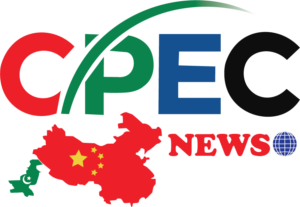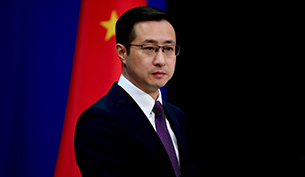Pakistan’s exports of knitted and crocheted apparel—including jerseys, pullovers, cardigans, and waistcoats—to China increased by 11% during the first five months of 2025, reaching $4.30 million. This represents a rise from $3.87 million during the corresponding period in 2024, based on China Customs statistics. The sustained growth underscores Pakistan’s expanding foothold in China’s competitive apparel market, particularly within mid-range and winterwear categories.
Industry analysts attribute this expansion to Pakistan’s augmented capacity for cotton-blended knitwear production and heightened compliance with Chinese quality and certification benchmarks. Mohammad Azhar, a Lahore-based trade specialist, explained, “Pakistani exporters have enhanced their production lines with advanced dyeing and finishing techniques, aligning with Chinese consumers’ emphasis on comfort and durability in winter garments.”
Market observers report that the bulk of these exports flow through China’s eastern coastal provinces, with Zhejiang and Jiangsu dominating import volumes. Jiangsu Province imported over $2.79 million worth of goods in the January–May 2025 period, trailed by Zhejiang and Henan. Demand is primarily propelled by private-label and e-commerce apparel sectors seeking cost-efficient alternatives to domestic manufacturing.
Ghulam Qadir, Trade and Investment Counsellor, emphasized Pakistan’s advantageous position under the China-Pakistan Free Trade Agreement’s second phase (CPFTA-II), which grants zero-tariff access and a competitive edge over regional rivals. Nevertheless, stakeholders urge further diversification of product offerings and intensified design innovation to consolidate and extend growth.
Mohammad Azhar also highlighted China’s emerging preference for eco-conscious and sustainable knitwear. He added, “Adherence to China’s green textile standards and investment in recycled yarn technology could unlock new high-end export opportunities for Pakistan.” Sector experts anticipate sustained momentum for Pakistan’s knitwear exports in the latter half of 2025, coinciding with seasonal winter demand.














